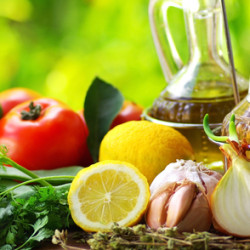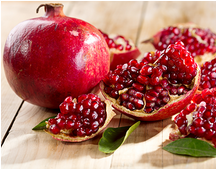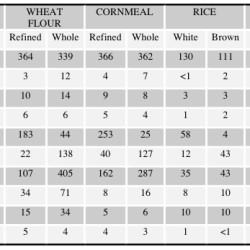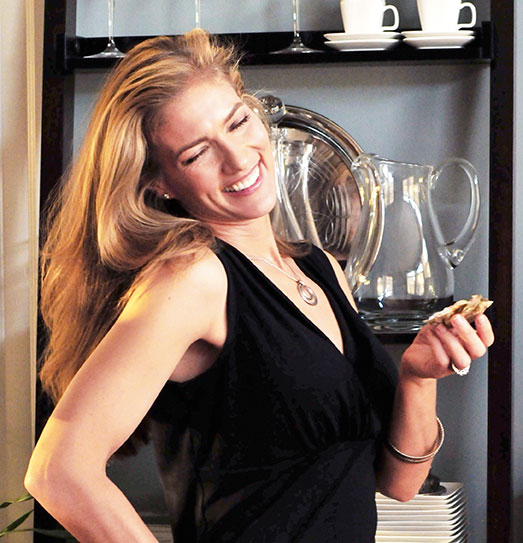Monday, February 11, 2013
spice: a dried seed, fruit, root, bark, or vegetative substance primarily used for flavoring, coloring or preserving food. (source: Wikipedia)
 The subject of seasonings recently came up when a friend asked me about my selection of spices. I showed her everything I had, and she was very impressed. It’s such a great question that I thought it worthy of its own blog post. Perfect timing, too, as it’s high time I got back to real food and I have a slew of globally-inspired dishes to tantalize you. Sure, there’s technique, but a critical component is starting with the right stuff. Think about it: many cuisines begin with the same basic ingredients—vegetables, grains, beans, whatnot—but what makes each dish uniquely flavored to reflect its country of origin are the different spices used to flavor the food.
The subject of seasonings recently came up when a friend asked me about my selection of spices. I showed her everything I had, and she was very impressed. It’s such a great question that I thought it worthy of its own blog post. Perfect timing, too, as it’s high time I got back to real food and I have a slew of globally-inspired dishes to tantalize you. Sure, there’s technique, but a critical component is starting with the right stuff. Think about it: many cuisines begin with the same basic ingredients—vegetables, grains, beans, whatnot—but what makes each dish uniquely flavored to reflect its country of origin are the different spices used to flavor the food.
In other words, it’s not so much a “Je ne sais quoi” when it comes to making mouth-watering, authentic dishes as much as a “start with the right spices, silly.” Fresh herbs and aromatics like onions and garlic certainly come into play, too, but of course you’ll note that many of the dried versions appear—you got it—in the spice rack.
Now, despite my innate scientific desire to categorize my spices, it doesn’t make complete sense. Why? Because as I just noted, many of the same seasonings are used in different cuisines, so classifying them somewhat defeats the purpose and can stifle creativity in the kitchen. I’ve thus elected to alphabetize them, below.

(What’s that? Nice rack, you say? Thanks. It wasn’t even that expensive.)
In addition to the above spices, I keep a pepper mill with mixed peppercorns and two many types of salt—kosher flaky,sea salt, flour de sel, smoked salt, and truffle salt—directly on the counter. I use freshly ground pepper and a bit of salt in almost everything I make. You’ll find, however, that the more you include sweet and savory spices in cooking the less sodium you need at the stovetop and table. And do be careful of buying specialty seasoning blends, as they are mainly salt; read the ingredients.
So, if you don’t have a well-stocked spice rack, I hope you are now convinced that it’s time to begin building one. Over time, you’ll gain an appreciation for just how critical these little jars are. You’ll find yourself saying things like, “Aha! Oregano isn’t just for tomato sauce, it’s the key spice used in Greek dressing!” Or “Odd! Cumin is used just as much in Indian cooking as it is in Mexican!” Eventually, should you start developing mad cooking skills, you’ll also find yourself saying things like “Where in the world do I find dried pomegranate seeds, and are they really necessary for this dish?”
(Answer 1: Your local Indian market. Answer 2: Yes)
Or not.
Trite But True
The moral of the story is obviously this: To spice up your life, stock up on seasonings.
Okay, fine. I can’t promise it will spice up your life per se, as that might require something more drastic than a three dollar bottle of dill. A new pair of shoes? Therapy? A dog!? You’ll need to look to another source for help in that department.
But I can promise that as your spice rack grows, your cooking will jump to a whole new level. People will start noticing and, soon enough, they’ll be complimenting you on your rack, too.





Nice!